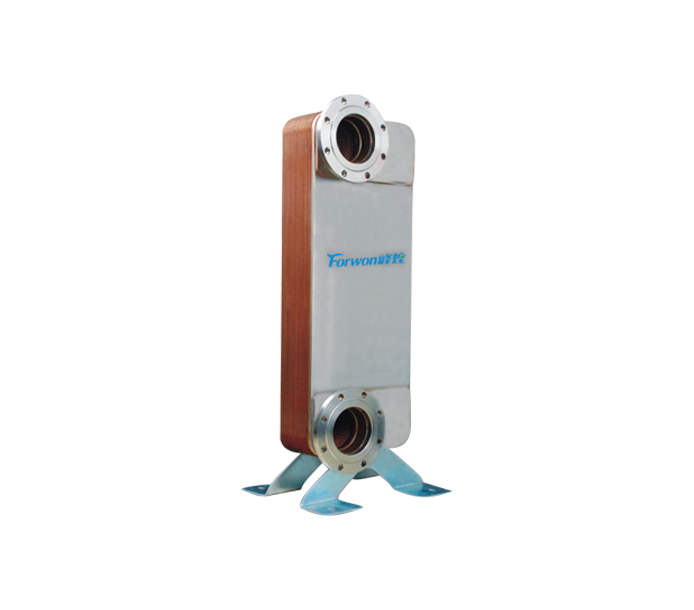To braze metal components, a furnace brazing heat exchanger must be heated to a temperature between 680degC and 690degC. The process temperature is increased rapidly to achieve the necessary peak temperature. Once the process is completed, the metals will be cooled by means of eductor coolers or atmosphere cooling jets. Depending on the metal, the furnace can also use a process gas such as hydrogen.
Another type of furnace brazing heat exchanger is called a CHEVRON pattern. It is a common type of brazing heat exchanger, as it utilizes a filler metal with a lower melting point. This filler metal flows between two surfaces that are closely fitted and forms a metallurgical bond. Regardless of which type of furnace brazing heat exchanger you choose, you can count on high heat transfer and a limited lifetime warranty.
In most cases, furnace brazing heat exchangers will require a flux-free environment, which is important in certain applications. Kepston furnace atmospheres are known to enable brazing of multi-jointed components without flux. Because brazing relies on capillary attraction, joint design is crucial to the success of the process. Ideally, a brazed joint will have the same strength and rigidity of the parent metal. Regardless of the type of brazing material, the component should be clean, swarf-free, and grease-free.
A single chamber vacuum furnace eliminates the explosive hazard associated with DA. A typical cycle involves evacuating the vessel down to ten microns in non-graphite-lined furnaces, and 50 microns in graphite-lined furnaces. When the heating temperature is lowered to a safe level, hydrogen partial pressure is required to de-pacify the chromium oxide and "wet" stainless steel.
The benefits of a furnace brazing process include the ability to join a variety of metal components, including ferrous and non-ferrous materials. Different materials need different atmospheres for brazing, and the types of protective atmospheres can vary. Some common protective atmospheres include hydrogen, nitrogen, and a blend of hydrogen and inert gases, such as argon and helium. furnace brazing involves different types of furnaces, including batch and continuous models.
In a batch furnace brazing process, the copper charge is heated to 1,950degF. It is then cooled to the austenitic soak temperature. The brazing process may also be followed by quenching for faster processing. Copper brazing is one of the most underappreciated manufacturing processes. Many engineers are unaware of the benefits it offers. If you're in the market for an efficient heat exchanger, you'll be glad you have it!



 英语
英语 中文简体
中文简体





